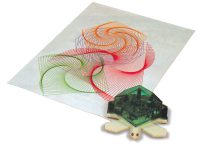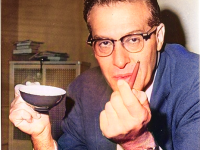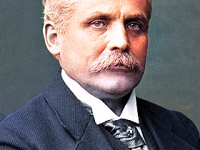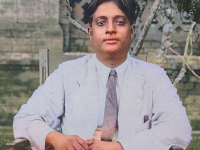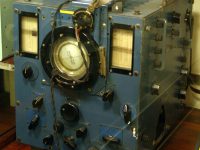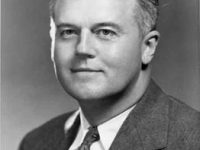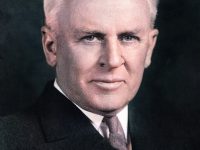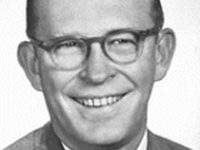Pieter van Musschenbroek and the Leyden Jar
On March 14, 1692, Dutch scientist Pieter van Musschenbroek was born. Musschenbroek is credited with the invention of the first capacitor in 1746: the Leyden jar. He performed pioneering work on the buckling of compressed struts. Musschenbroek was also one of the first scientists (1729) to provide detailed descriptions of testing machines for tension, compression, and flexure testing. Youth and Education Pieter van Musschenbroek was born in Leiden, Holland, Dutch Republic. His…
Read more



